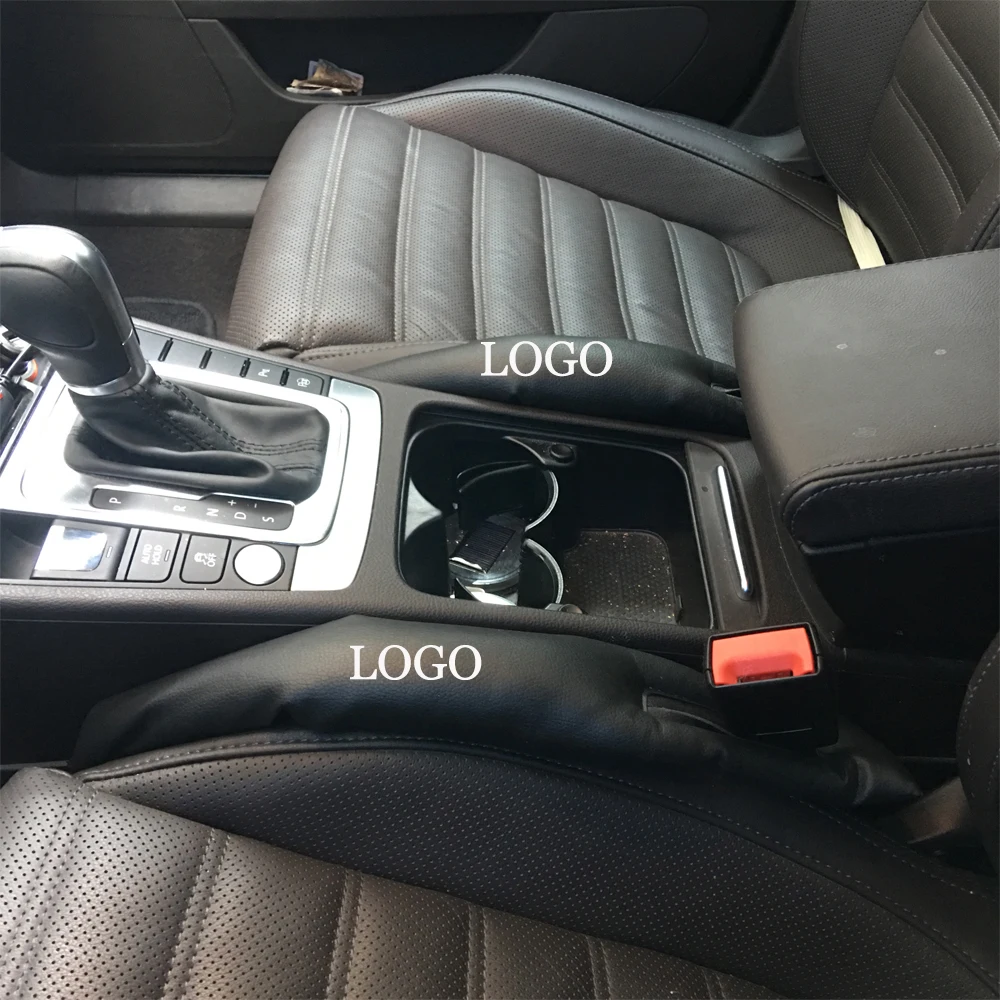
 If you make a small or no down payment, consider a GAP policy. It's recommended to get GAP insurance in the following scenarios: Unless noted in writing, your loan provider can't require you to purchase the added coverage. If your bank insists you buy it, check your sales contract. While lenders do require comprehensive and collision coverage, GAP insurance isn't usually needed. If you have poor credit or no credit, this added coverage will protect your bottom line. GAP insurance directly coincides with your financial stability. Add the cost of depreciation, and you'll find yourself owing the balance in cash. Because most of your payments went toward interest, you're left owing more than the car is worth, even after your standard policy pays. Standard car insurance only covers the actual cash value. A year later, you experience an accident, and the insurance company declares it a total loss. For instance, you take out a long-term, six-year loan on your new car. GAP insurance protects you against loss if the value of your vehicle is less than what you owe on your loan. However, what's considered a “total loss” varies by state and by the insurance provider.
If you make a small or no down payment, consider a GAP policy. It's recommended to get GAP insurance in the following scenarios: Unless noted in writing, your loan provider can't require you to purchase the added coverage. If your bank insists you buy it, check your sales contract. While lenders do require comprehensive and collision coverage, GAP insurance isn't usually needed. If you have poor credit or no credit, this added coverage will protect your bottom line. GAP insurance directly coincides with your financial stability. Add the cost of depreciation, and you'll find yourself owing the balance in cash. Because most of your payments went toward interest, you're left owing more than the car is worth, even after your standard policy pays. Standard car insurance only covers the actual cash value. A year later, you experience an accident, and the insurance company declares it a total loss. For instance, you take out a long-term, six-year loan on your new car. GAP insurance protects you against loss if the value of your vehicle is less than what you owe on your loan. However, what's considered a “total loss” varies by state and by the insurance provider. 
If you have a lease or a loan on your vehicle, and your car is declared a total loss by damage or theft, you may owe more than it's worth. That leaves a balance of $4000 on your loan. For instance, assume your vehicle assesses at $16,000, but you still owe $20,000.

GAP insurance pays the difference between what your standard auto policy covers and the amount you owe. If you own your car outright, GAP insurance is not necessary. Before we explain who should buy Guaranteed Asset Protection (GAP) insurance, it's important to mention that not everyone needs it.







 0 kommentar(er)
0 kommentar(er)
